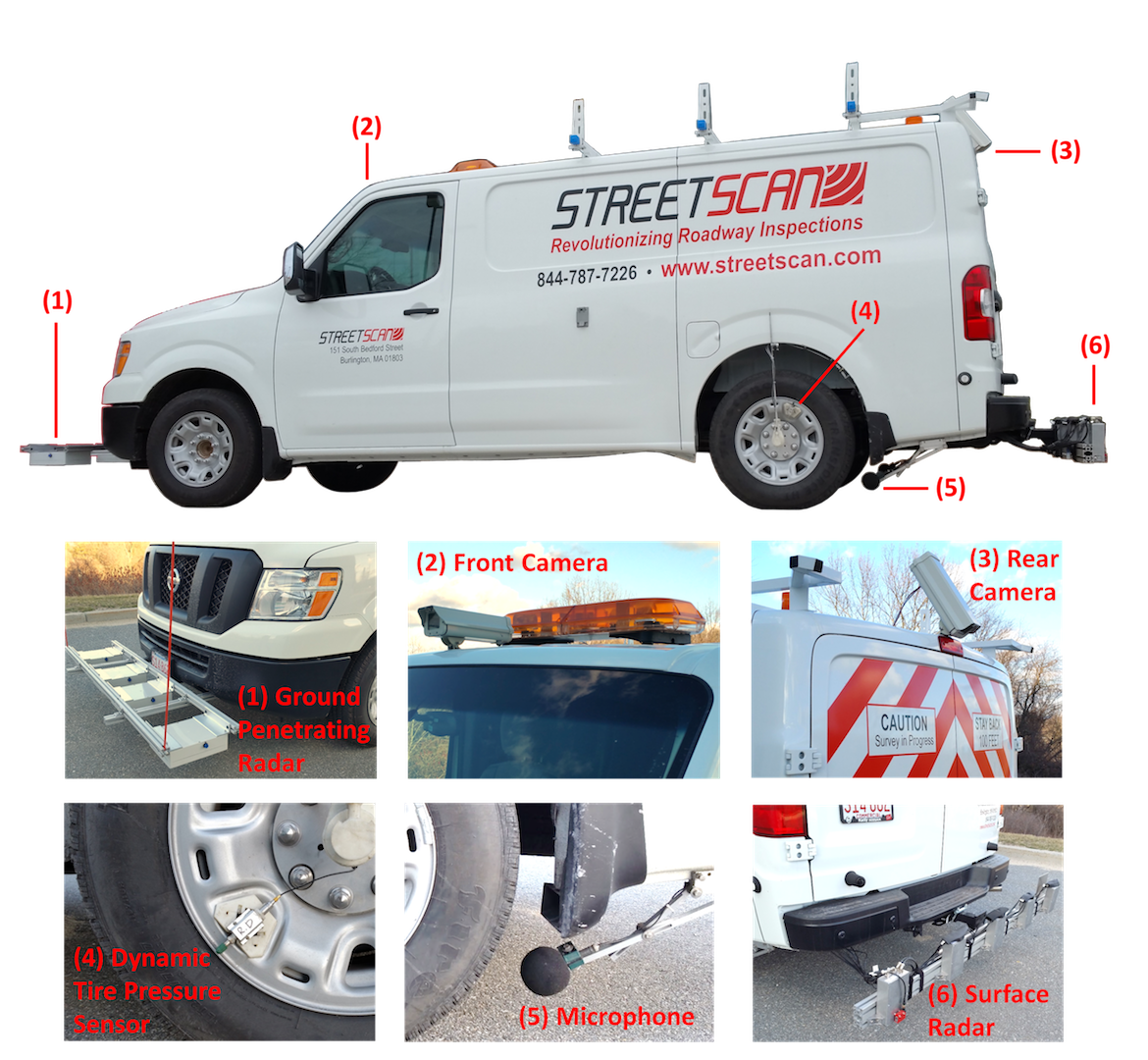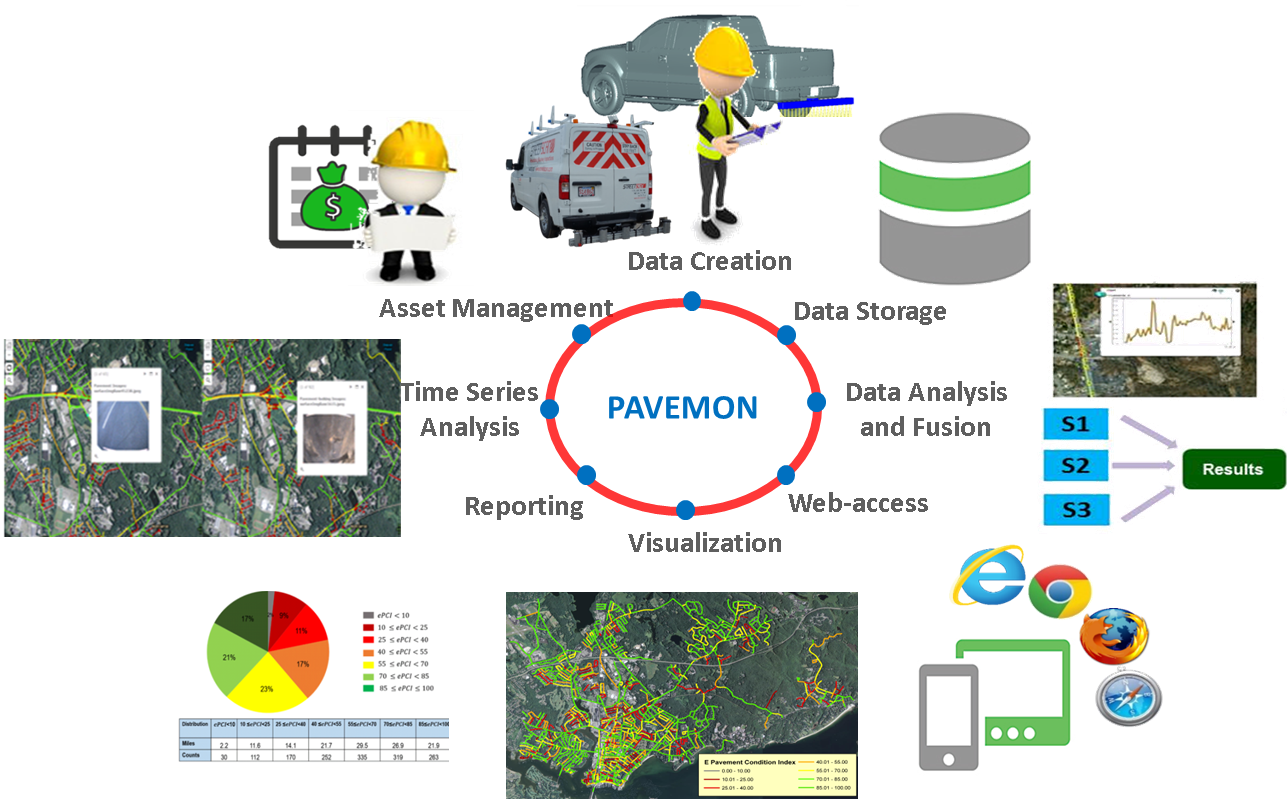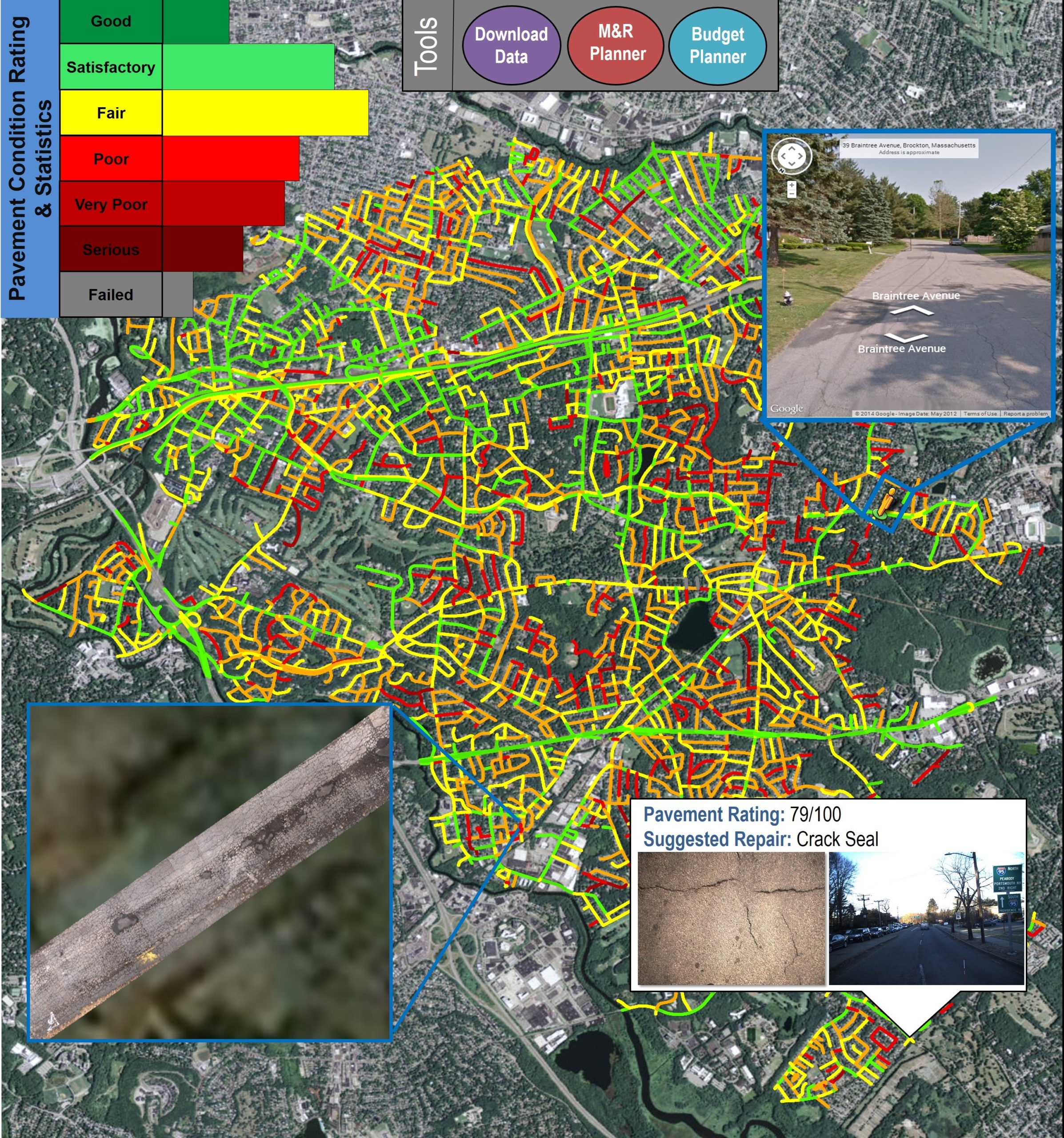
#Featured
Geo Trends 2017 – What to expect across Geo Industries next year?

2016 was an eventful year with many of the predictions that our fellow GeoGeeks listed in their articles for ‘Geo Trends 2016‘ coming true, there is yet some time for the reflect on the year that has been.
Looking forward, what can we expect in 2017? What to expect across Geo Industries in the new year? We asked some of the biggest names in the Geo industry to look into the crystal ball and articulate what they think will be the biggest trends of the year.
Geo Trends 2017
‘Geo Trends 2017’ is going to be even grander than last years edition, stay tuned for articles from
- Jack Dangermond, President, Esri
- Javier de la Torre, CEO, Carto
- Andy Dearing, CEO, Boundless Spatial
- Jan Erik, CEO, Mapillary
- Peter Wittig, Co-founder, Motive io
and many others!


#Featured
#Contributing Writers
#Environment
#Featured
#Science
Harnessing UAV Technology to Support Municipal Solid Waste Management
#Bez kategorii
#Contributing Writers
#Environment
#Featured
#Science
Creating Livable Spaces: Introducing the Walkability Index for Sustainable Mobility
#Featured
#GeoDev
#Space
Key Insights from New Earth Observation Research on Data Processing Challenges









